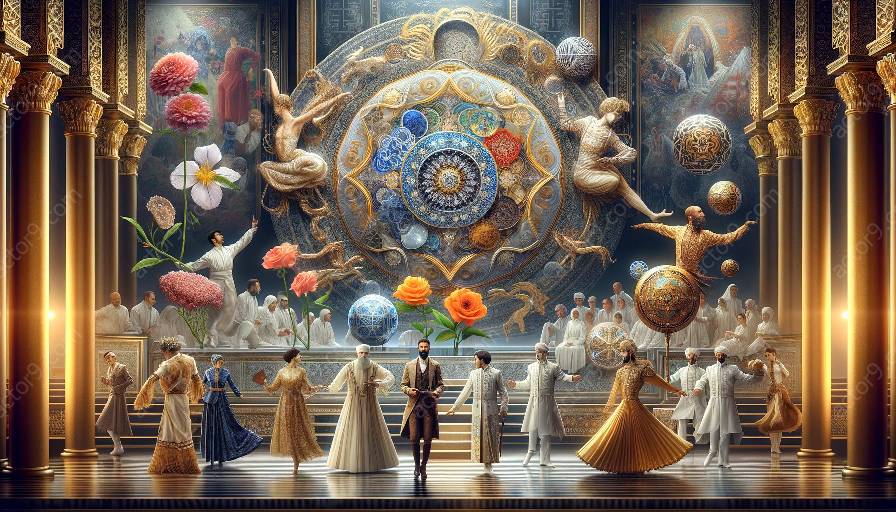Circus arts have always been a reflection of the diversity and inclusivity of performers and audiences around the world. In the past, circuses were known for showcasing a range of cultural influences through performances, highlighting different talents, skills, and traditions. In contemporary circus, the focus on diversity and inclusion has become even more prominent, with performers from diverse backgrounds coming together to create innovative and captivating shows. Cultural influence plays a significant role in shaping the art of circus, as it brings together various forms of expression, storytelling, music, and movement. Let's explore the intersection of diversity, inclusion, and cultural influence in contemporary circus and understand their impact on the art form.
The Significance of Diversity and Inclusion in Circus
Diversity and inclusion are vital components of contemporary circus, contributing to the richness and creativity of the art form. By embracing diversity, circuses celebrate the uniqueness of individuals and the plethora of talents they bring to the stage. Inclusion ensures that circus spaces are welcoming and accessible to all, fostering an environment where performers, creators, and audience members feel valued and represented. This emphasis on diversity and inclusion encourages the exploration of new ideas, perspectives, and techniques, ultimately leading to the evolution of circus arts.
Cultural Influences in Circus Arts
Circus arts have been deeply influenced by cultures from all corners of the globe. Whether it's the vibrant costumes, dynamic choreography, or mesmerizing acts, circus performances often reflect the traditions, customs, and folklore of different cultures. From the traditional circus acts to the modern avant-garde performances, cultural influences are woven into the fabric of circus arts, adding depth and resonance to the shows. The incorporation of cultural elements not only enriches the visual and sensory experience for the audience but also serves as a bridge that connects people from diverse backgrounds through shared narratives and expressions.
The Intersection of Diversity, Inclusion, and Cultural Influence
It is at the intersection of diversity, inclusion, and cultural influence that contemporary circus truly thrives. Performers from various cultural backgrounds bring their unique heritage and art forms to the circus, infusing shows with a tapestry of influences. This blend of cultures creates a dynamic and immersive experience for both performers and audiences, fostering a sense of unity and understanding. By embracing diversity and inclusion, circus arts have the power to challenge stereotypes, break down barriers, and promote empathy, making them a platform for social change and cultural appreciation.
Embracing Diversity and Inclusion in Circus
To ensure that diversity and inclusion continue to be pivotal in contemporary circus, it is essential for circus communities and organizations to actively promote and support performers from all backgrounds. This can be achieved through initiatives that provide opportunities for training, professional development, and representation. Additionally, creating spaces that celebrate diverse voices and perspectives within circus arts can contribute to a more inclusive and authentic portrayal of cultural influences in performances.
Conclusion
Diversity and inclusion are indispensable elements of contemporary circus, enriching the art form with the multitude of voices and experiences they encompass. Cultural influence serves as a catalyst for creativity and innovation in circus arts, bridging the gap between different traditions and narratives. By acknowledging the interconnectedness of diversity, inclusion, and cultural influence, contemporary circus not only inspires awe and wonder but also promotes unity and understanding on a global scale.


































